Chosen theme: Nature-Inspired Color Palettes for Interior Design. Step into a home that breathes like a landscape, where greens, sands, clays, and blues flow together to create calm, story-rich rooms. Join us, share your favorite natural hues, and subscribe for weekly palette inspiration.
Forest Hues: Layers of Green, Bark, and Quiet Moss
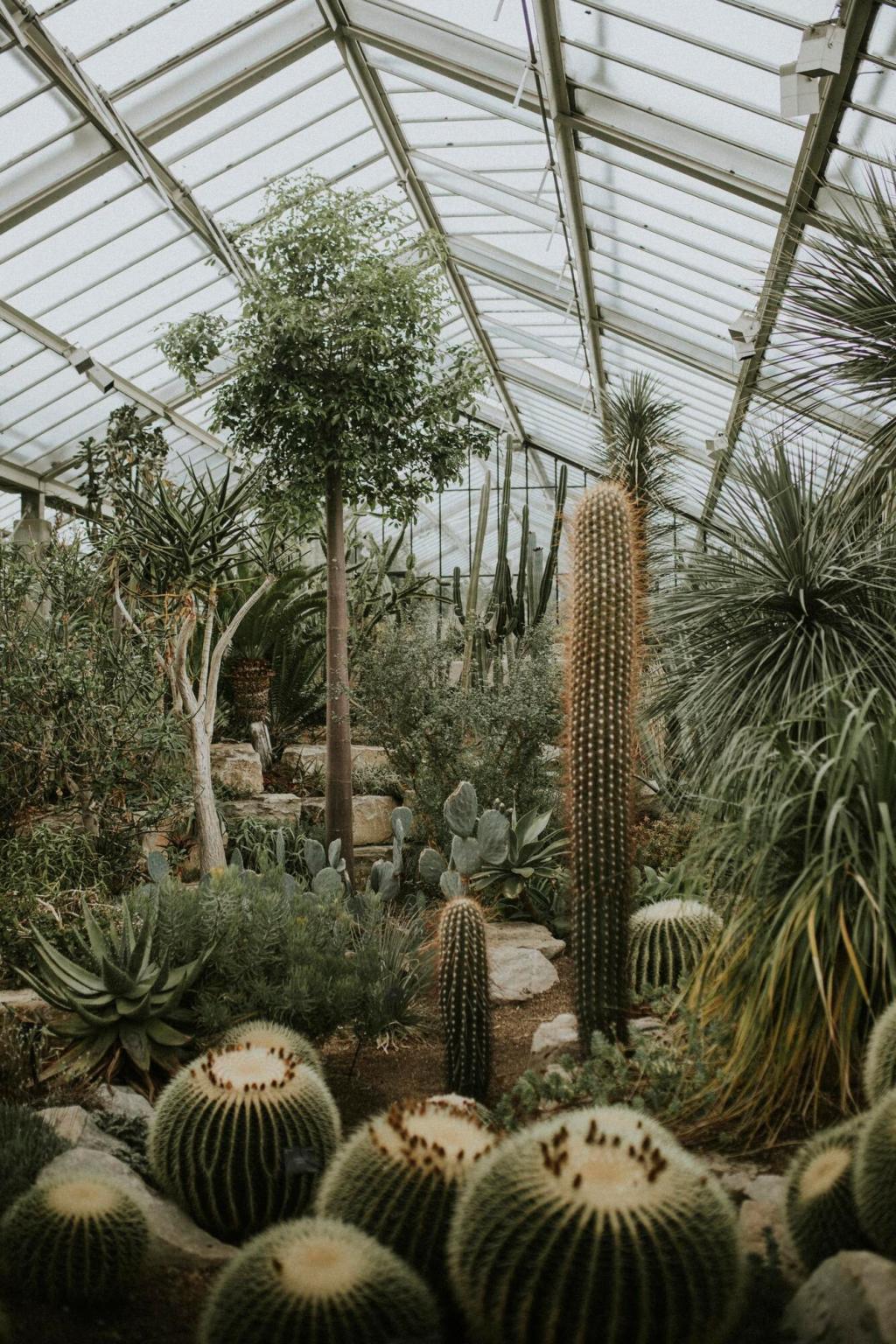
Choosing a hero green
Pick one definitive green to lead the room, then support it with related shades. Test swatches in morning and evening light, because foliage tones shift subtly, echoing how leaves deepen under cloud and brighten with sun.
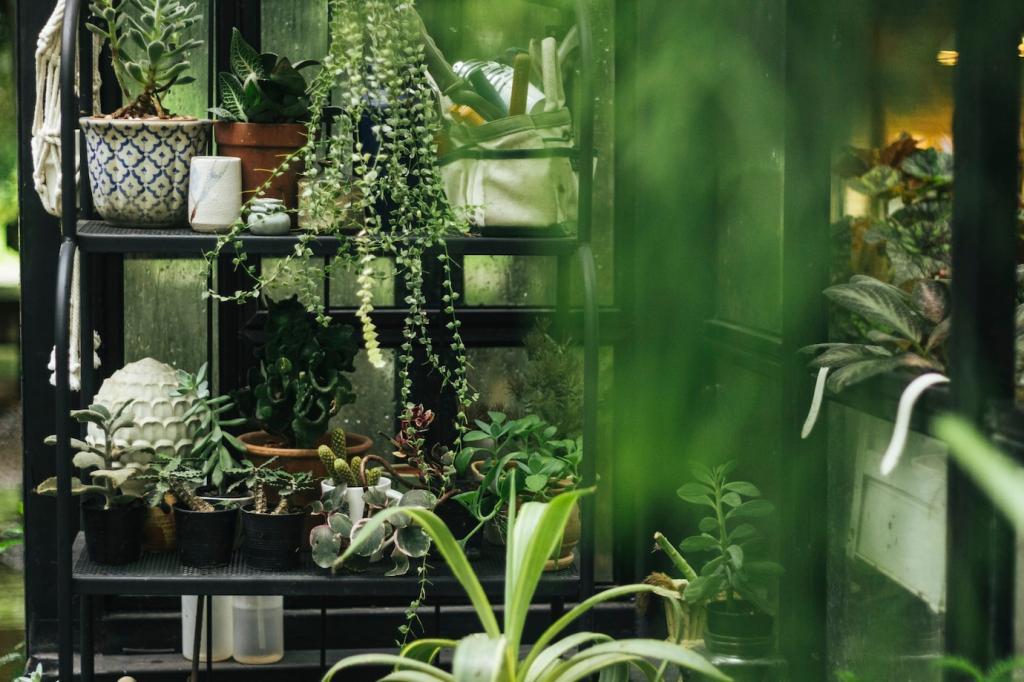
Texture echoes of bark
Use woods with visible grain, matte finishes, and tactile weaves that resemble bark ridges. Walnut adds gravity, oak offers warmth, and reclaimed pieces bring history, grounding your palette like an old tree anchoring a clearing.
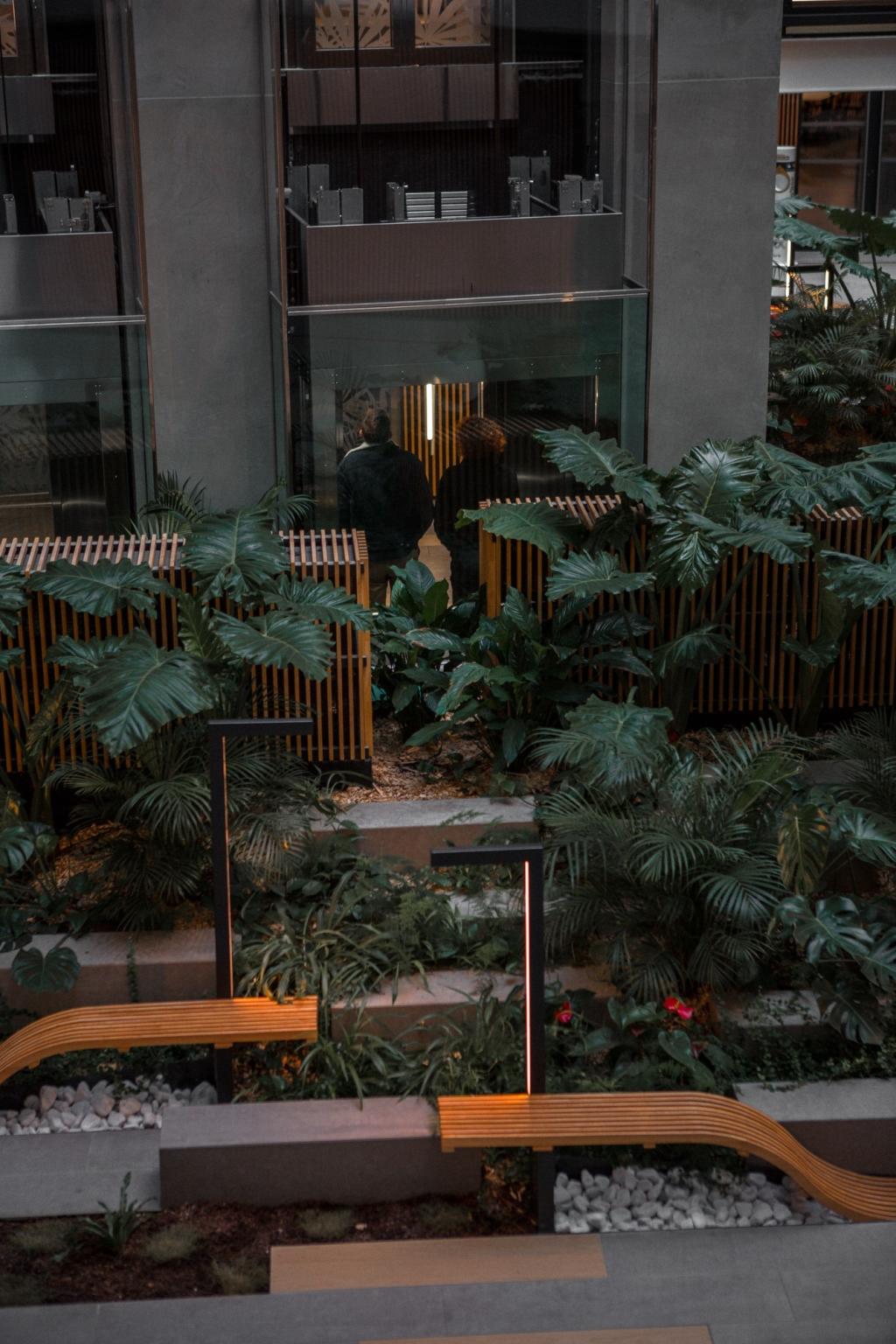
Moss neutrals for balance
Soften bold greens with mossy grays in textiles and wall treatments. A limewash or mineral paint gently blurs edges, while wool throws and linen curtains hush the space, inviting quiet conversations and slow weekend mornings together.
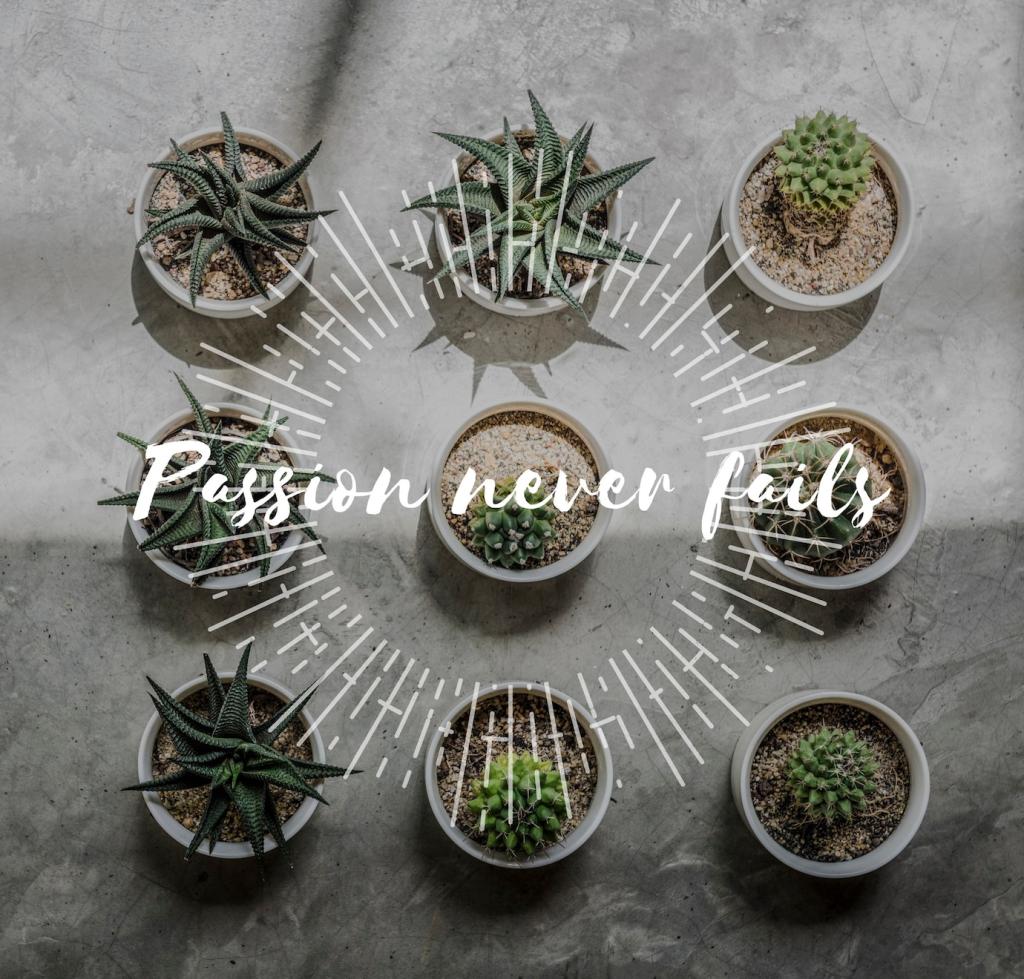

Coastal Light: Sand, Foam, and Tide Blues
Choose creamy whites with a hint of warmth so rooms feel sunlit even on cloudy days. Compare light reflectance values to avoid stark glare, and invite gentle brightness that flatters art, skin tones, and natural textures.
Coastal Light: Sand, Foam, and Tide Blues
Layer sandy beiges through rugs, sisal, and pale oak to anchor the palette. These hues stabilize the blues above, mimicking beach strata and encouraging bare-foot comfort, conversation, and leisurely weekend breakfasts by the window.
Balancing cool slate with warm sky
Apply the 60 30 10 rule. Let slate be your 60 percent base, sky blue your 30 percent layer, and sunrise peach your 10 percent spark. The tension creates depth, like ridgelines meeting an awakening horizon.
A peach accent that surprises
We once refreshed a dim hallway with a slim peach stripe along the baseboard. Guests paused, smiled, and asked what changed. The whisper of warmth transformed shadows into glow, proving small doses can shift an entire mood.
Metal finishes as frost and ember
Pair brushed nickel or pewter with aged brass to echo frost and ember. Cool metals sit with slate, while warm metals nod to peach. The dialogue feels elemental, adding subtle sparkle without overwhelming your calm palette.
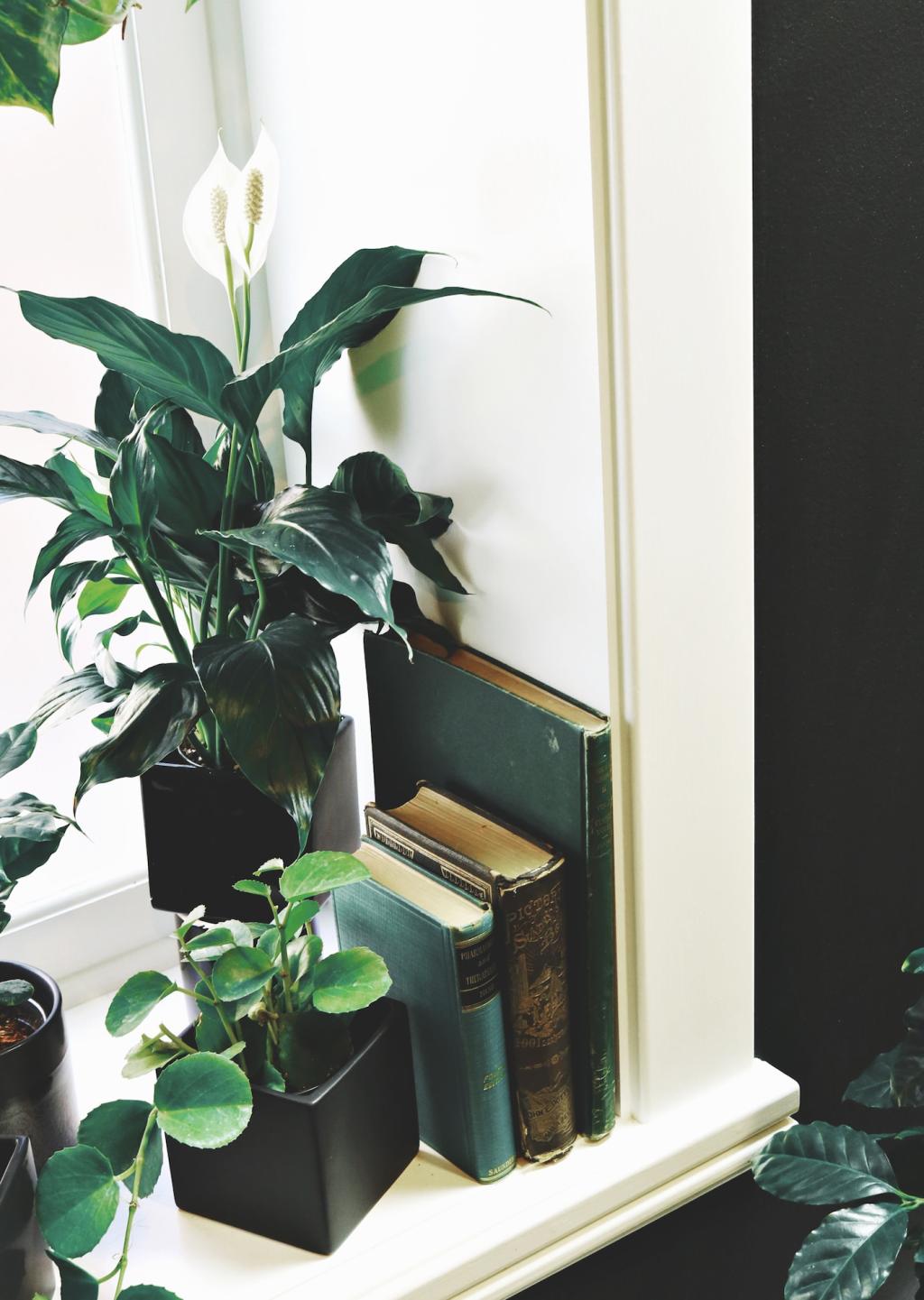
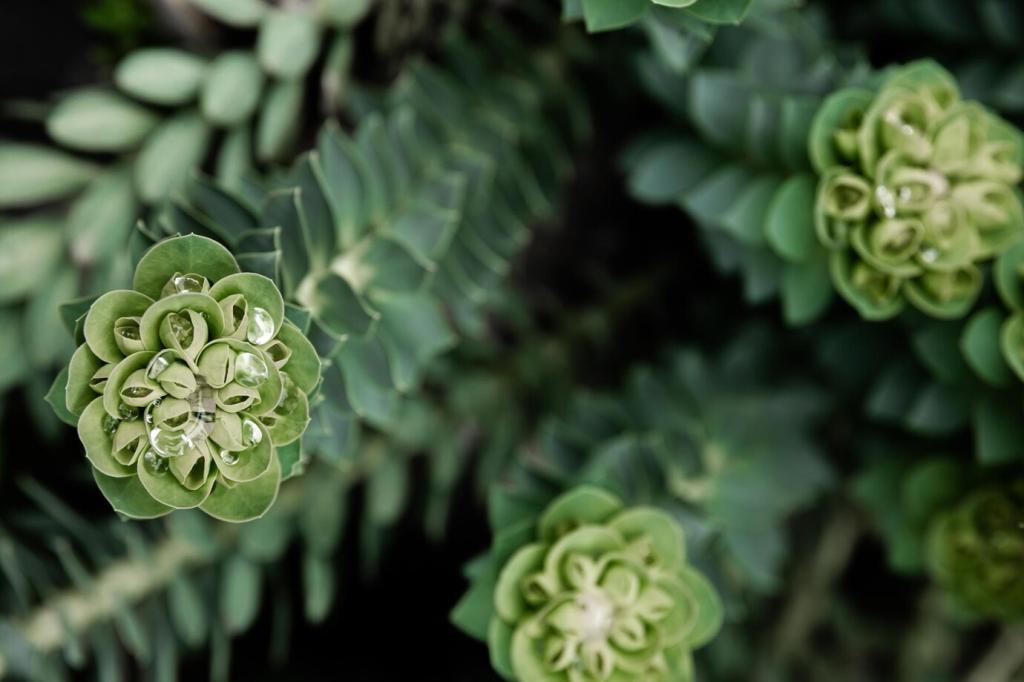
Desert Calm: Clay, Sage, and Sun-Bleached Wood
Use limewash or clay paint to achieve soft, cloudlike movement on walls. The finish absorbs light differently throughout the day, giving rooms a slow-breathing quality that encourages deep rest and gentle evening conversations after dinner.
Desert Calm: Clay, Sage, and Sun-Bleached Wood
Choose sage with a whisper of gray to stay refined. Hold swatches beside actual plants if possible, and pair with ivory linen and terracotta ceramics. The combination feels crisp yet grounded, like shade under a desert mesquite.
Riverbank Botanicals: Florals inside a Grounded Scheme
Florals without visual noise
Limit prints to one hero floral and two supporting patterns in smaller scale. Keep petal colors dusted rather than neon. This restraint evokes wildflowers scattered across pebbles, not an overstuffed bouquet competing for attention everywhere.
Kitchen greens that feel edible
In kitchens, herb greens on cabinetry pair beautifully with honed marble or soapstone. Add thyme colored tiles and olive toned handles. Share your herb garden palette ideas below, and tell us which greens spark appetite and comfort.
Stone and water reflections
Use soft gray stone or concrete that mirrors river pebbles. Semi gloss on a small accent surface can suggest water glints at dusk. One reader said candlelight danced across it like minnows, instantly soothing after long workdays.
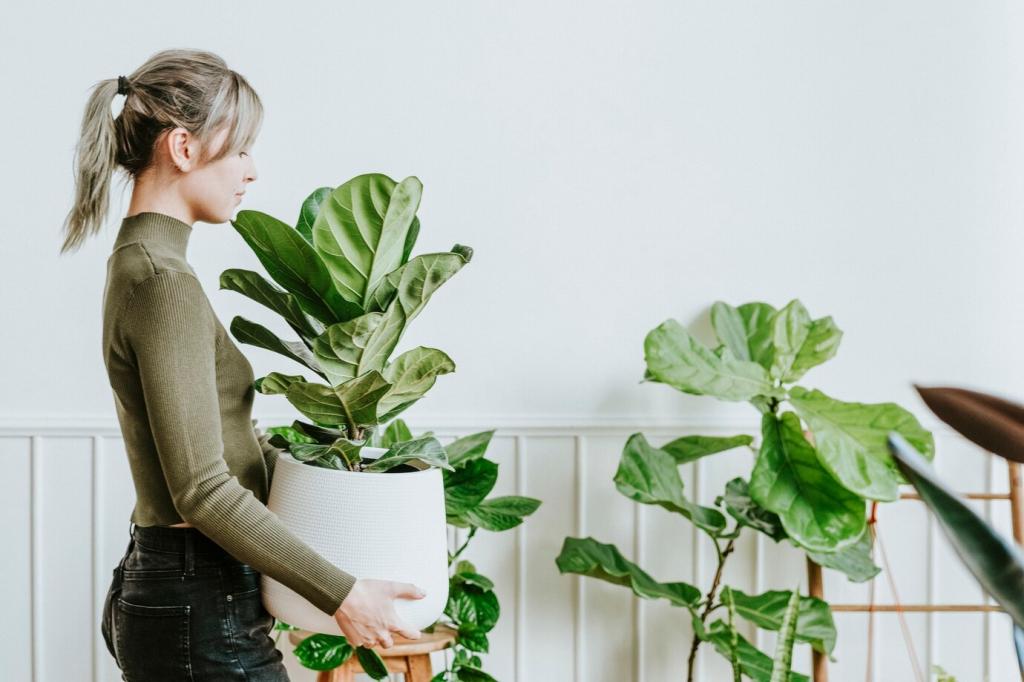
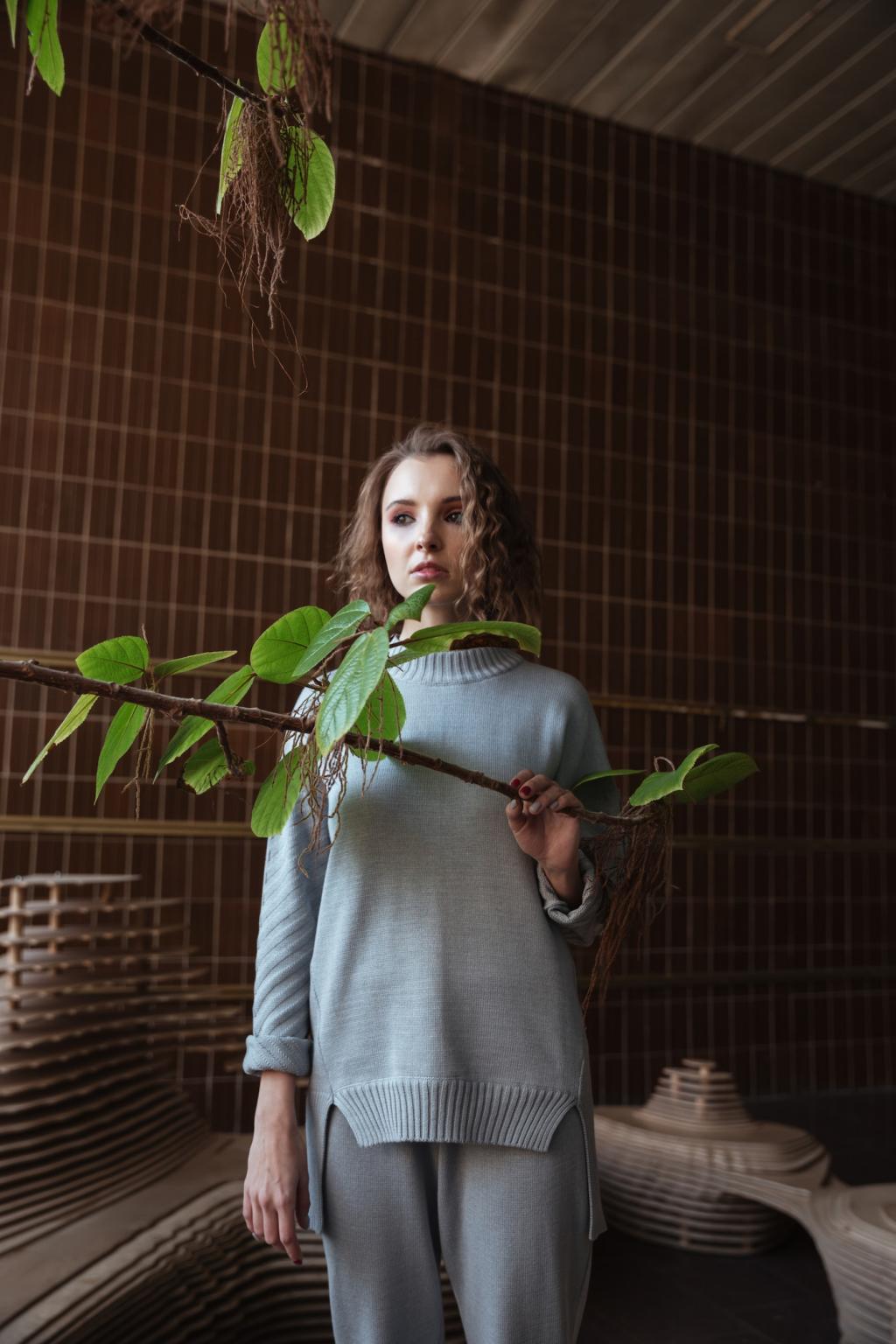
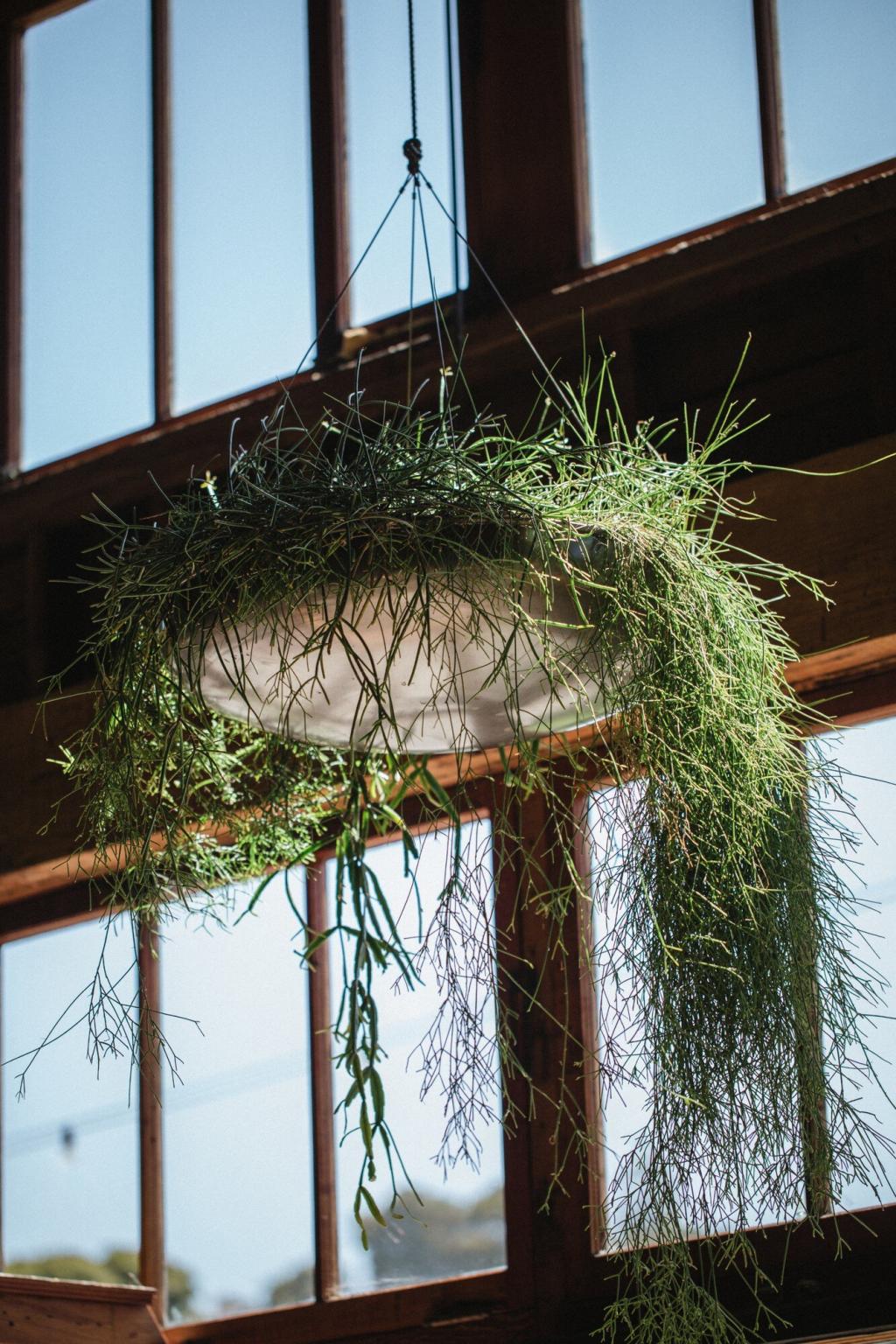

Color temperature basics
Warm bulbs around 2700K flatter clays and woods, while cooler bulbs near 3500K enhance sky blues and clean whites. Mix carefully, or zones will argue visually. Test at night to avoid surprises when guests arrive after sunset.
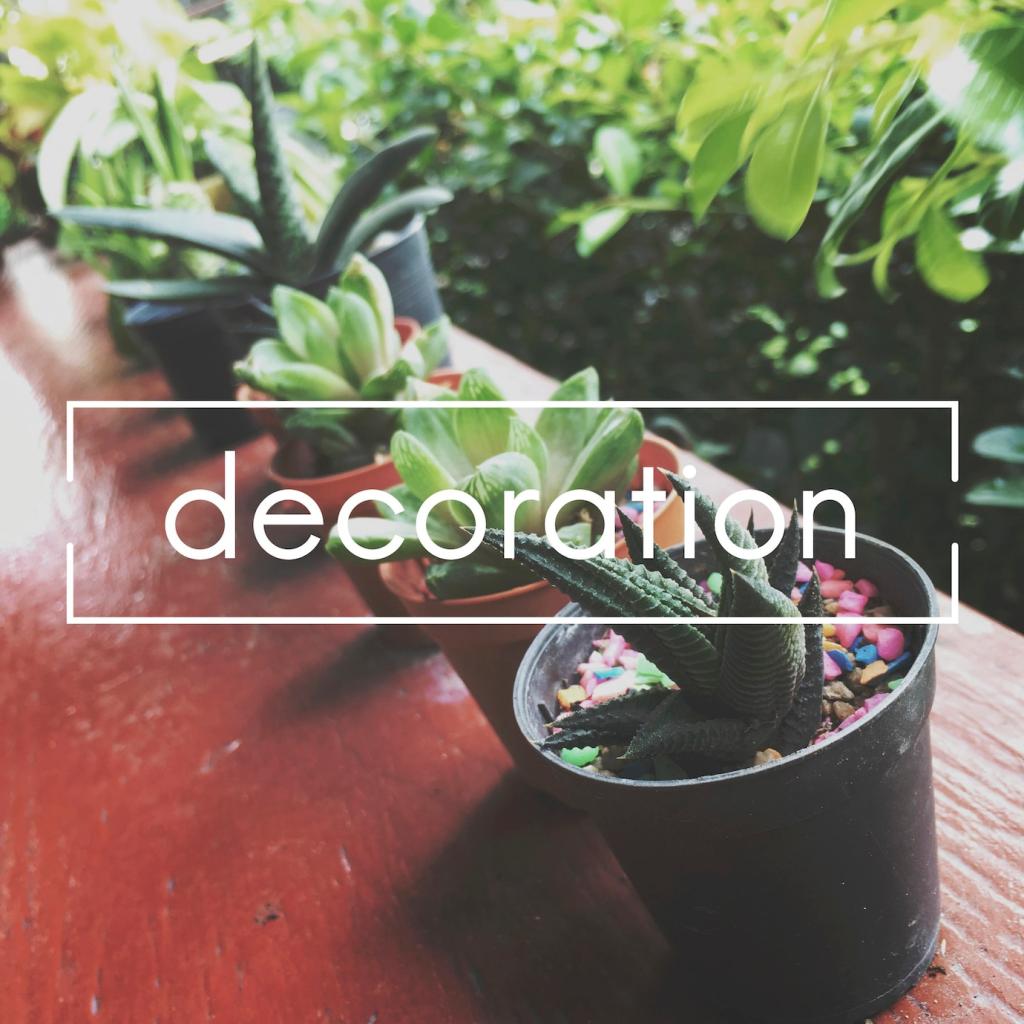
North versus south windows
North light is cool and steady, perfect for greens and gray blues. South light is warm and shifting, ideal for sands and peaches. Observe your rooms hourly for a day, then tell us which direction shaped your palette decisions.
